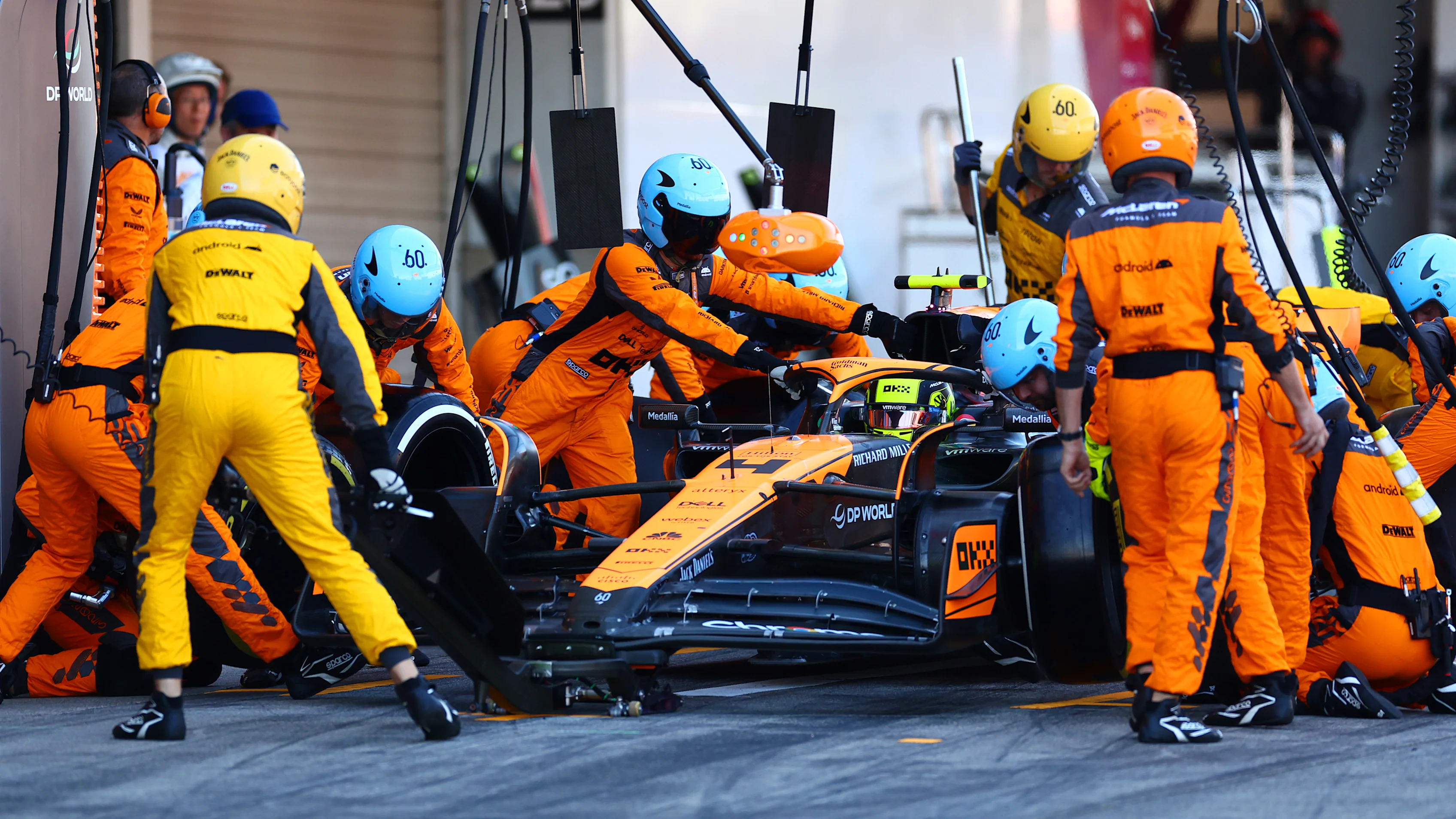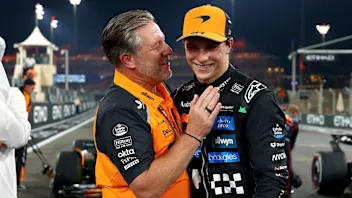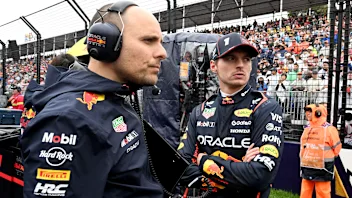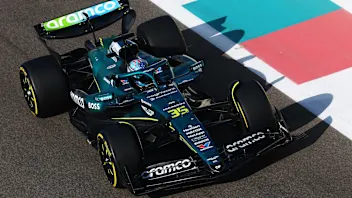EXPLAINED: What does the maximum tyre stint length rule mean for the Qatar Grand Prix?


Concerns over tyre interactions with the kerbs in Qatar have left the teams with a small window to work out their ideal race plans after Pirelli and the FIA implemented safety measures for today’s race. Here’s what that will mean for the teams and drivers, and what strategic options are open to them for the Grand Prix…
What are the rules for the race?
Teams will only be able to use a new set of tyres for a maximum of 18 laps, with used tyres having individual limits to the stint lengths defined by Pirelli and the FIA based on the way they have been used before. For example, a tyre used in qualifying is likely to only count fast laps towards the limit, with slow out-laps and in-laps not part of the 18 that are permitted.
Next Up
Related Articles
 Sainz hopes point-less finish in Abu Dhabi ‘serves as a wake-up call’
Sainz hopes point-less finish in Abu Dhabi ‘serves as a wake-up call’ Piastri ‘should be proud’ of his season says Brown
Piastri ‘should be proud’ of his season says Brown Verstappen pays tribute to Lambiase after ‘emotional year’
Verstappen pays tribute to Lambiase after ‘emotional year’ Norris hopes title win doesn’t change him as a driver
Norris hopes title win doesn’t change him as a driver Crawford sets the pace at Abu Dhabi post-season test
Crawford sets the pace at Abu Dhabi post-season test Hulkenberg pleased to score points in Sauber’s final race
Hulkenberg pleased to score points in Sauber’s final race
